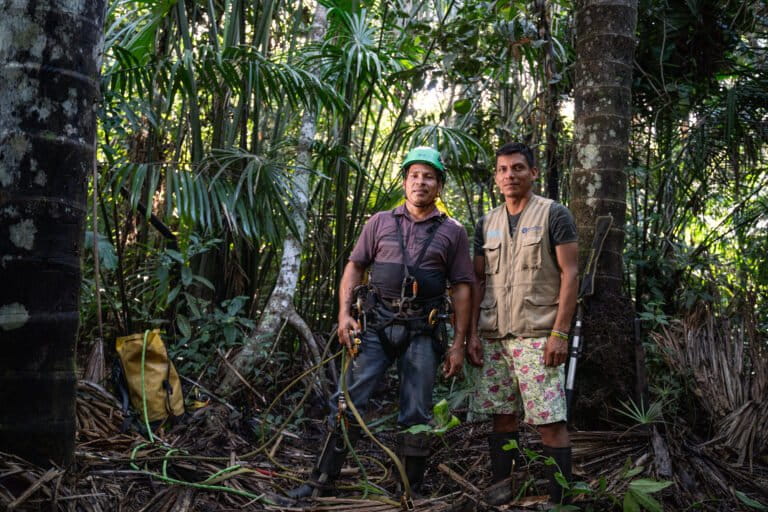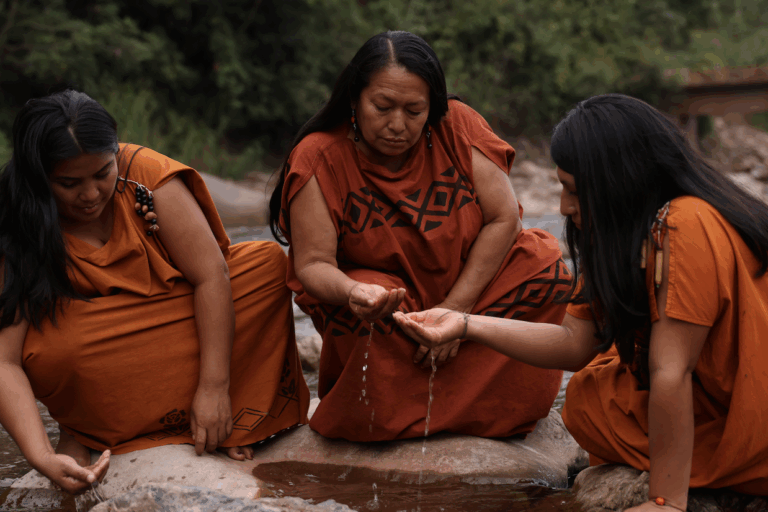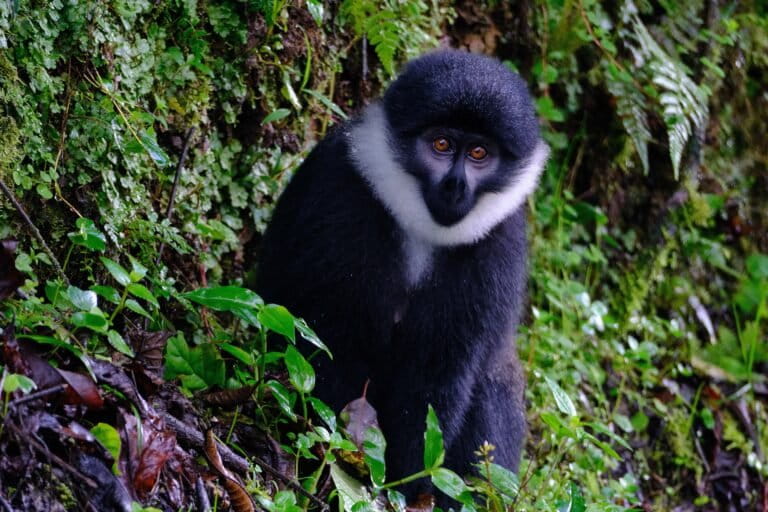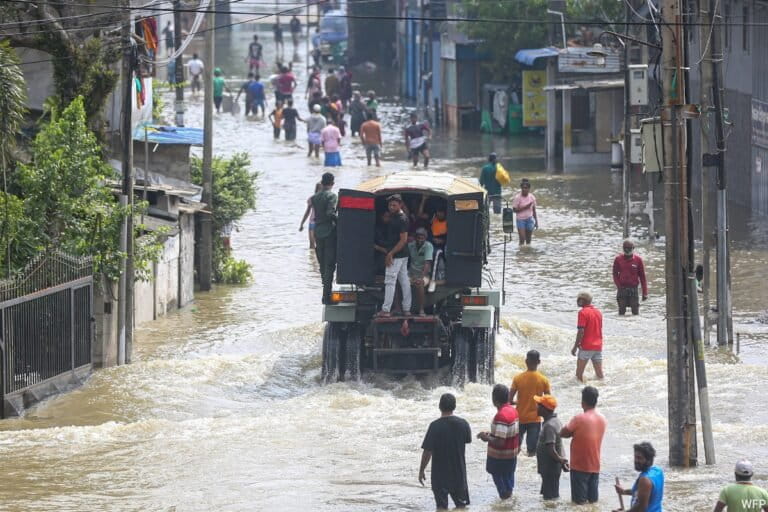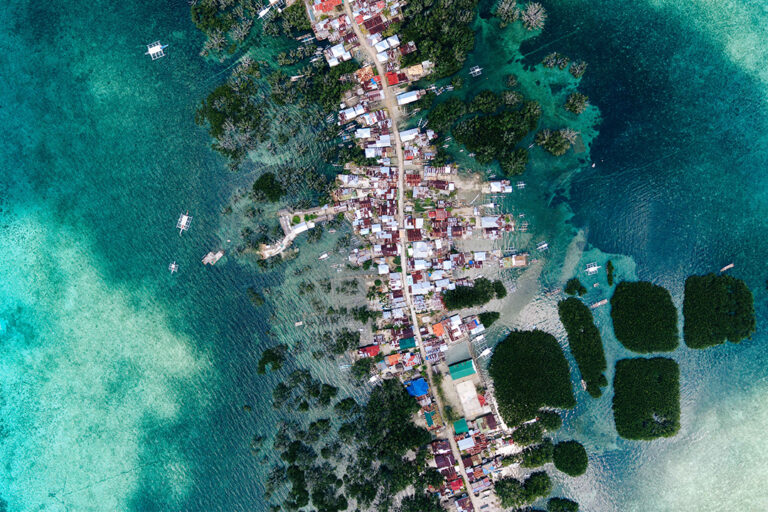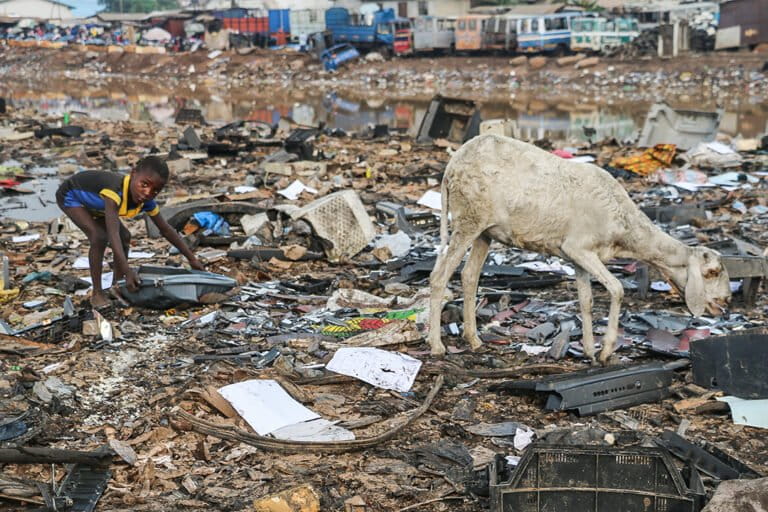- Sri Lanka’s well-recognized village tank cascade systems, ancient irrigation structures that interconnect small tanks for rainwater-reliant cultivation, are a remarkable adaptation and mitigation strategy practiced on the island for dealing with extreme climatic conditions.
- Some of the tank cascade systems are likely to have been built around 500 BCE and continue to function sustainably, though not at full capacity; experts are calling for their restoration with extreme care to ensure optimum functionality.
- Recognized as a globally important agricultural heritage system by the U.N. Food and Agriculture Organization (FAO), most of these tanks are now neglected and under pressure from the changing climate, land use, population and agricultural intensification, despite their value as a unique climate adaptation plan.
- Sri Lanka’s dry zone has more than 14,000 small ancient village tanks with many still in good shape, supporting 246,000 hectares (608,000 acres) of paddy cultivation, about 39% of the total irrigable area, but poor maintenance has rendered many others dysfunctional.
ANURADHAPURA, Sri Lanka — Current climate models forewarn that Sri Lanka’s dry zone is likely to become drier due to climate change, resulting in water shortages for agriculture. A country that has twice been ranked among the top 10 countries in the climate risk index, Sri Lanka intends to revive its village tank cascade systems, a neglected but highly efficient series of ancient irrigation systems as part of its climate adaptation strategy.
A tank cascade system is a hydrologically interconnected series of tanks organized within micro-catchments in the dry zone landscape. The water released to paddy fields from one tank flows to the next, effectively sharing water from the top to the bottom and feeding many paddy lands. Each component in a cascade system adopts a specific functional purpose that can be explained in modern science even though they were designed centuries ago, according to research.

“Restoring the tank cascade system has a wider implication from the point of view of climate change as the system has proved its resilience to extreme weather events,” said P.B. Dharmasena, former research officer at the Department of Agriculture and a specialist in soil and water management.
The system can absorb shocks of natural disasters such as floods, which can be controlled by storing water, and drought impact, by reducing water loss from tanks through absorption in the surrounding environment. The cascaded tank-village system also contributes to efficient water management with water from one tank flowing to another, through a network of tanks and streams, Dharmasena told Mongabay.
These possibilities will be useful as an adaptation strategy, as Sri Lanka faces the effects of climate change. There is now renewed interest in restoring these tank systems through the National Climate Adaptation Strategy. The restoration is also listed in the country’s Nationally Determined Contributions (NDC) to the U.N. convention on climate change, making Dharmasena hopeful of these ancient systems receiving their due recognition.
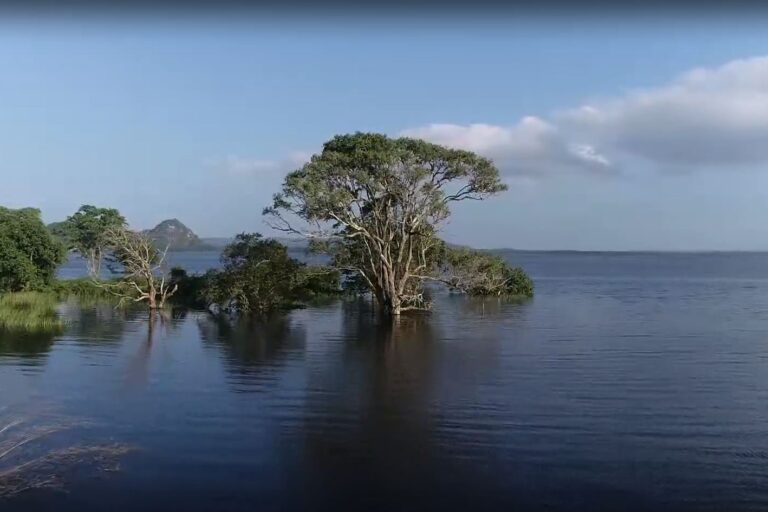
Scientific restoration is key
“There is a science behind the functionality of a tank cascade system, and restoration should be done with great care,” said C.M. Madduma Bandara, emeritus professor of the University of Peradeniya who first described the tank cascade systems through his 1985 research.
Madduma Bandara provides an example of a local government authority once repairing a tank in the North Central province. The tank was damaged during the following rainy season and the local body repaired it once again, but it was no use, as the following rainy season brought the same results. Perplexed authorities consulted Madduma Bandara for advice, and it was recommended to restore tanks located in the nearby wilderness.
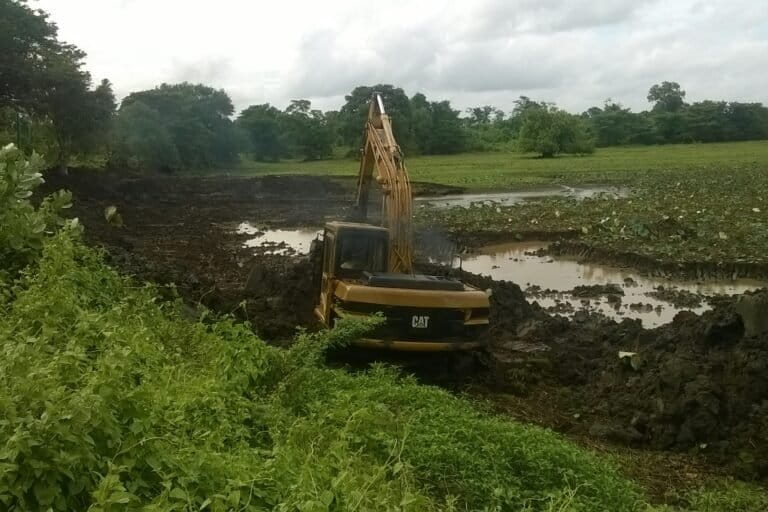
A cascade system also has tanks called kulu wew, or forest tanks, usually located in the upper catchment wilderness around the village, which can effectively retain excess water during rainy seasons. “As these tanks are restored, the main tank is able to remain intact and become effective,” Madduma Bandara told Mongabay, emphasizing the need to consider the tank cascade system in its entirety.
These forest tanks can filter debris and silt. They also provide water to wild animals, and the availability of forest tanks helps reduce the number of wild animals from reaching village tanks and ending up raiding crops or worse — attacking people and their homes. “Sadly, there are instances that these forest tanks are also used for irrigation as demand for paddy lands increases,” Madduma Bandara said.
The ancient system has many interesting components, such as the naturally growing tree belt on both sides of the uppermost areas of each tank known as gasgommana, which acts as a windshield and is able to cut off the dry wind and reduce water evaporation, said Shamen Vidanage, IUCN’s country representative.
Another thick stripe of vegetation located between the tank bund and the paddy fields is known as Kattakaduwa, or interceptor. It has salt absorption capacity due to having a water hole called yathuru wala, which enables the reduction of salinity and purification of the water that flows to the fields.
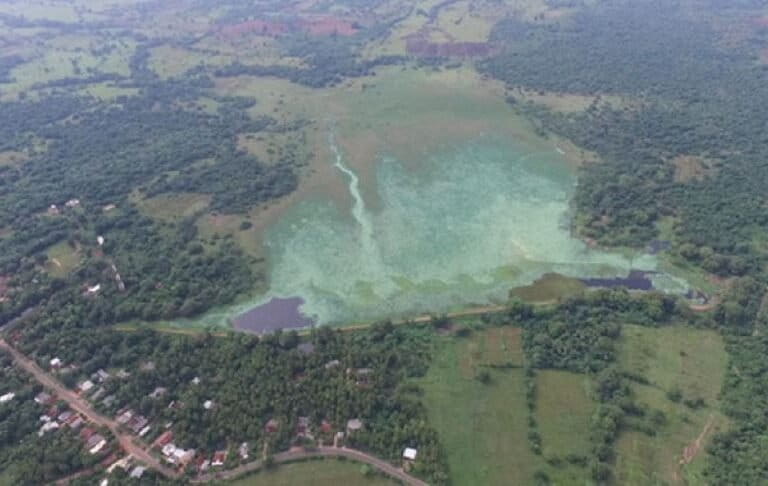
Hydraulic technology at its best
Previous attempts have been there to restore the tank cascade system through ecological improvements, largely undertaken by the Sri Lankan office of the International Union of Conservation of Nature (IUCN). A study published in Dec. 2022 also reveals the value of the ecosystem services provided by these tanks as they harbor a diversity of many flora and fauna.
As this system doesn’t have a single name, experts have coined the name Ellangava, with ellan meaning hanging and gava meaning next to one another.
Following a proposal submitted by Dharmasena and his team, the tank cascade system has been named a globally important agriculture heritage system as designated by the U.N. Food and Agriculture Organization (FAO).
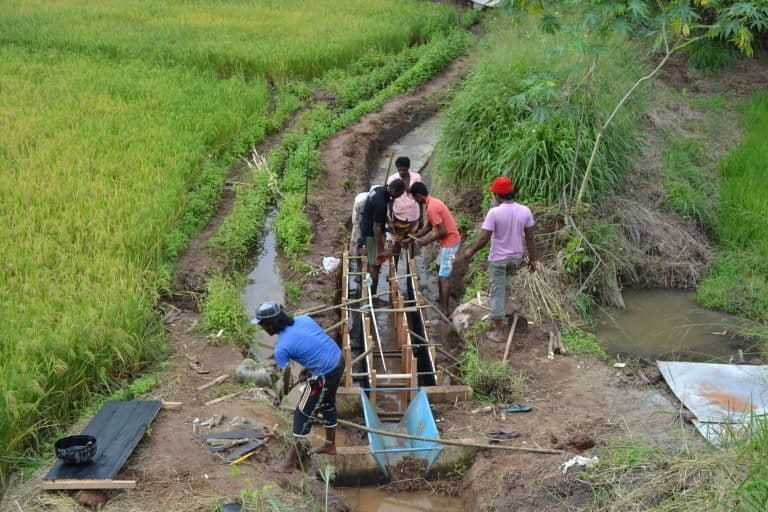
Meanwhile, the 2022 research has highlighted how the paddy fields and human settlements around tank cascades have expanded in recent years, while forest areas have shrunk dramatically, disturbing the proper functionality of the tank cascades. Researchers studied the Mahakanumulla tanks system in Anuradhapura district in the island’s North Central province, where the runoff coefficient has changed from 0.29 to 0.45 indicating high outflow from the system together with less water retention.
According to Madduma Bandara, a patch of forest is found in every village, known as ‘gam kele’. These important forest patches have been reduced significantly owing to human encroachment, mainly for purposes of agriculture. Wrong land use patterns are impacting the small tanks as they experience more sedimentation and increased tank siltation.
It is estimated that Sri Lanka’s dry zone is dotted with more than 14,000 small ancient village tanks and many are still in good shape, supporting 246,000 hectares (608,000 acres), making up about 39% of the total irrigable area.
However, most of these systems have fallen into disuse due to poor maintenance. Experts have called for their immediate restoration as part of the island’s climate change preparedness and insist that such restoration also needs to be undertaken with utmost care to ensure people can benefit from them.
Citations:
De L.W. Samarasinha, G. G., Munaweera, T. P., A. Shantha, W. H., C.S. Bandara, M. A., & N.M. Dias, M. P. (2020). Assessing vulnerability to climate change: A study on farmer communities in the dry zone of Sri Lanka. Hector Kobbekaduwa Agrarian Research and Training Institute.
National adaptation plan for climate change impacts in Sri Lanka 2016 – 2025. (2016). Ministry of Mahaweli Development and Environment Sri Lanka.
Madduma Bandara, C. M. (1985). Catchment ecosystems and village TankCascades in the dry zone of Sri Lanka a time-tested system of land and water resource management. The GeoJournal Library, 99-113. doi:10.1007/978-94-009-5458-8_11
Wickramasinghe, M.R.C.P., Dayawansa, N.D.K., Jayasiri, M.M.J.G.C.N., De Silva, R.P., (2023). A study on external pressures of an ancient irrigation cascade system in Sri Lanka. Agricultural Systems 205 (2023) 103593.
DOI: 10.1016/j.agsy.2022.103593
Banner image of a village tank with paddy fields cultivated with its water, courtesy of IUCN Sri Lanka.








